Originals
Opdahl Gallery Berlin 27.1 - 21.4. 2012
The installation Originals by Norwegian artist Dag Erik Elgin is a continuation of his cartographic reflection on modernist painting, a project he has been working on in various forms and media since 2002.
On entering the space, the viewer is confronted with six works by classical modernists such as Cézanne, Juan Gris and Malevich. Presented in Baroque, Louis-seize or Bauhaus frames, some of which are original, the works are hung against the contrasting museal backdrop of a grey ground and immediately evoke the recent scandals surrounding the bogus ‘Werner Jägers’ collection or the renowned Knoedler Gallery in New York.
Elgin is not so much concerned with forgeries, nor just an elaborate play with copy and original, originality and authorship, skill/craft and the cult of genius. In the ‘Age of Mechanical Reproduction’ he doesn’t merely transpose the objects of his desires into different media; he develops them according to their pictorial precursors. Both his strategic reproductions of the classics and their adaptations – two of the paintings in the ‘cubist’ style are by Elgin himself – are a very personal appropriation, a probing search for understanding in the true sense of the word. In his ‘search for the lost age’ he investigates the provenance, context and rumours surrounding the classic moderns and relishes furrowing around in their traces of colour – ‘painterly pleasure leaving haptic traces’. Memories of early museum visits and the perception of time when looking at artworks are central to Elgin’s work here.
On the opposite wall, reflections of the pictures appear in the form of dark, void surfaces, as though the paintings had just been taken down. Just as his earlier series of typographical images, La Collection Moderne (2010), produced a cerebral exhibition on the history of modernism – caption labels of modernist works blown up and painted in oil on canvas as works in their own right – Elgin’s manual productions and reproductions also introduce displacements that provide new access to these classic icons. At the same time, even if the exhibition initially seems to do away with the author, these works also represent autobiographical notes. They are Dag Erik Elgin’s visual-conceptual diary.
Valeria Schulte-Fischedick
Notes on Originals:
Diary excerpts 2009-2010
Dag Erik Elgin
October 2, 2009
I have discovered a possibility for reintroducing repetition, addressing modernism’s refusal of the study as a valid strategy in painting. The work will consist of a collection of text-based paintings named La Collection Moderne, referring to modernist painting starting with 1867 – the year Courbet painted L’Origine du monde and ending with 1937, the year Picasso completed Guernica. Within this time-span I will select modernist paintings I have personally responded to in one way or another, and which, with the exception of Le Corbusier’s Nature morte à la pile d’assiettes (1920) in the Raoul La Roche collection in Kunstmuseum Basel, I have never re-painted. (I did a version of Le Corbusier in 1990 while still a student at the Academy in Oslo).
These purely text-based paintings comprise basic curatorial registration—usually relegated to the capture and the backside of the painting, the name of the artist, the year of birth and death, the title of the painting, technique, measurements and provenance. It is decisive that “oil on canvas” is part of the technical description; oil on canvas on oil of canvas as indexical and physical repetition. The impossibility of the copy of modernism’s iconoclasm re-established as tautology? I want to rediscover the lost terrain of painterly repetition in making these text-images, re-finding the tactility of the medium, minor imperfections and materiality in a curatorial close, yet painterly presumably foreign, material.
June 20, 2010
I arrive in Dresden for the re-opening of the newly renovated Albertinum, where the diptych Eternally Vanishing Bodies (2010) is included in the new display of the permanent collection. Just now, I am in the middle of elaborating Originals and the problematic of the copy as terra prohibita after modernism. I am re-painting already existing works of art – or making my own versions of stylistically “typical” modernist paintings as an exercise in historical empathy, including recreating their physical aura.
In connection with the reopening of Albertinum, Jeff Wall opens the exhibition Transit in the adjoining Lipsiusbau. In the context of one of Europe’s prominent painting collections over the last five hundred years, I am reminded of Wall’s observation of the three historical axes that meet in traditional history painting; the event itself, the moment when the artist painted it, and finally the moment when the viewer stands in front of the painting. (Jeff Wall, Szenarien im Bildraum der Wirklichkeit. Essays and Interviews, Fundus, Bd. 142, 2008).
While conventional history painting deals with the first moment, modernism was so concerned with the second that it is as if the first and the third do not exist. There is no other historical event but the moment of creation; consequently Jackson Pollock always painted a Jackson Pollock.
September 2010
Perhaps as a consequence of painting’s loss of its privileged position, the idea of gaining perfection through rehearsing painterly scales has fallen into disrepute. Originals address the impossibility, the denial of the option of losing oneself in an unknown material, and the subsequent longing for—in a physical sense—to take in, to be overwhelmed by the pre-existing images of one’s forerunners. The strategy of Originals differs from appropriation, so characteristic of modernism and conceptual art; appropriation represents the antipode of Originals, belongs to another economy. I want to challenge this idea of modernist artworks as a terra prohibita of study. The paintings in Originals address a certain longing for specific technical aspects and the time-consuming activity of painting, while simultaneously acknowledging the impossibility of the same. An unbroken line of modernist iconoclasm can be traced from Cézanne to Barnett Newman, celebrating painting as an unrepeatable event, where the act of painting is passed on as unique, unrepeatable traces in a score never to be performed by others than the auteur.
Originals refer to paintings that historically were meant to transgress borders, programmatically radical statements. Today, they exist as the “antiques of our time”, to adjust Roger Buergel’s formulation from Documenta 12; modernism as “the antiquity of our time”. In the context of my own biography, this is really to return to the origin; as a young man, I painted my way through the collection of the National Gallery in Oslo. I mounted them in frames, representative for the period, and put them on display at home.
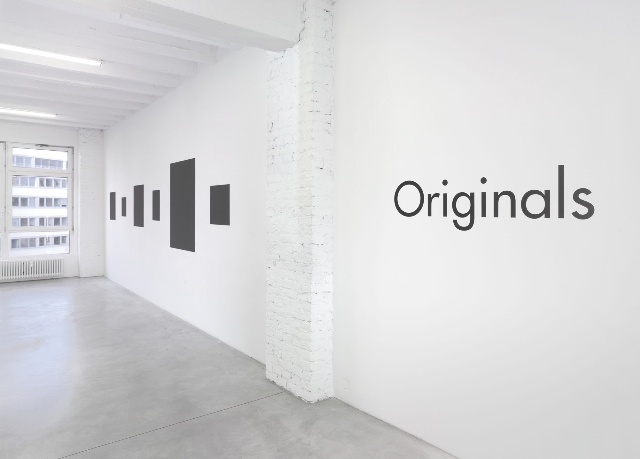
Originals: Galerie Opdahl Berlin 2012
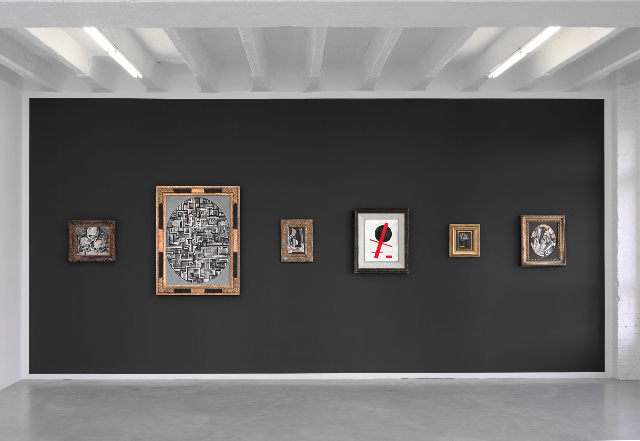
Originals: Galerie Opdahl Berlin 2012
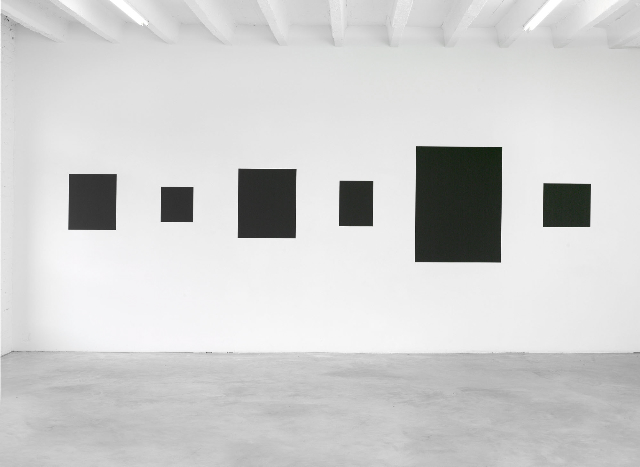
Originals: Galerie Opdahl Berlin 2012
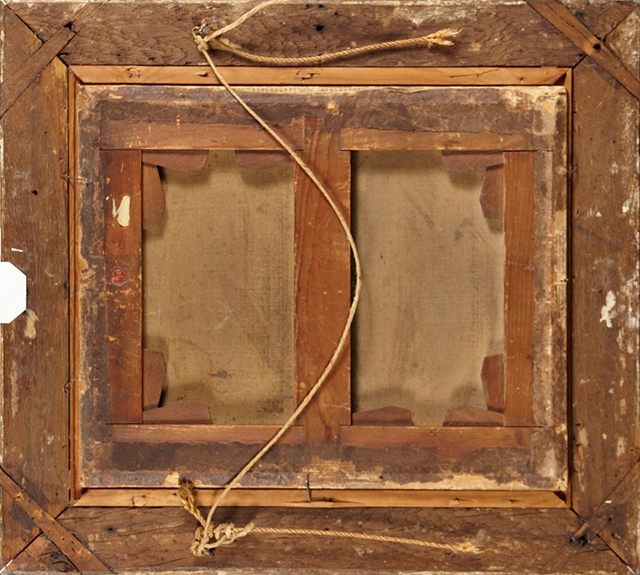
Originals Cézanne (verso): 2012
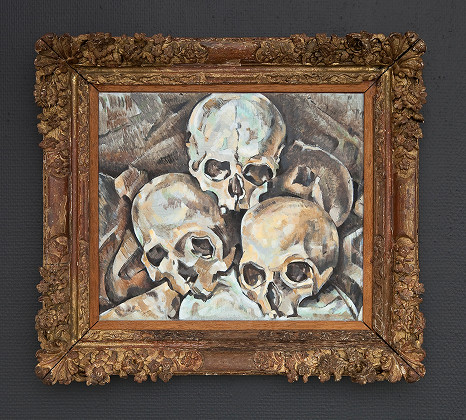
Elgin (Cézanne): oil on canvas, 53x48cm, 2012
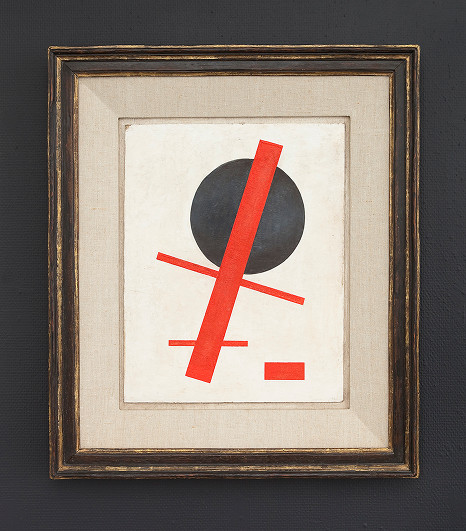
Elgin (Malewich): Oil on wood, 74x64 cm, 2012
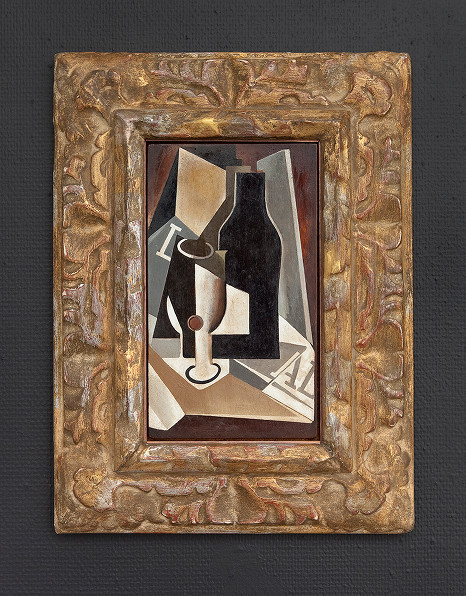
Elgin (Gris): Oil on wood, 50x36.5 cm, 2009/2012
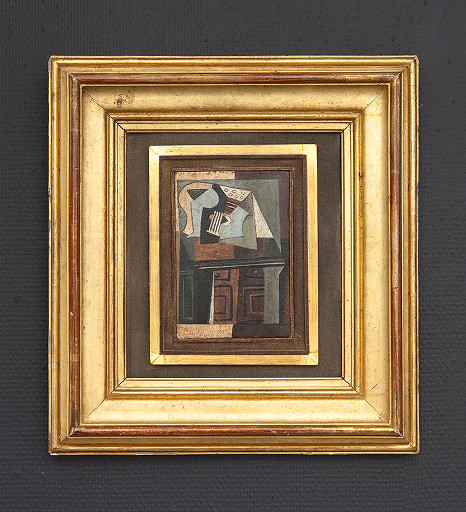
Elgin (Picasso): Oil on wood, 38.5x35.5cm, 2008/2012
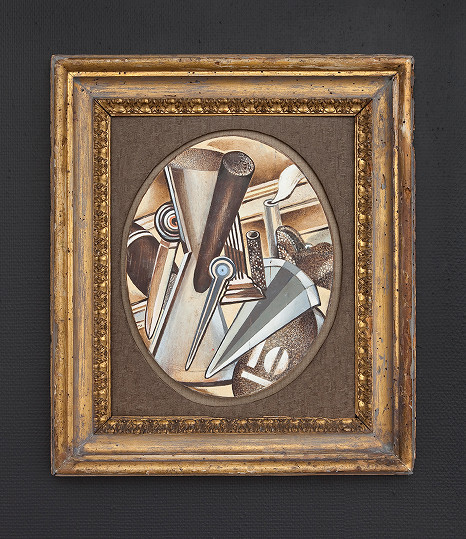
Elgin (Articles du Fumeur): Oil on wood, 60x51 cm, 2009/2012
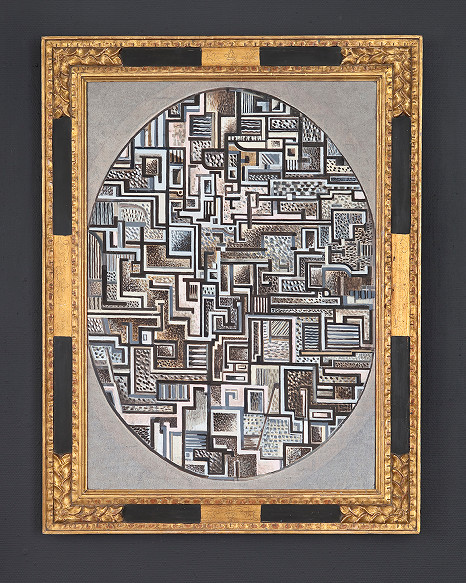
Elgin (DEE Cubism): Oil on wood, 125x95.5 cm, 2010/2012
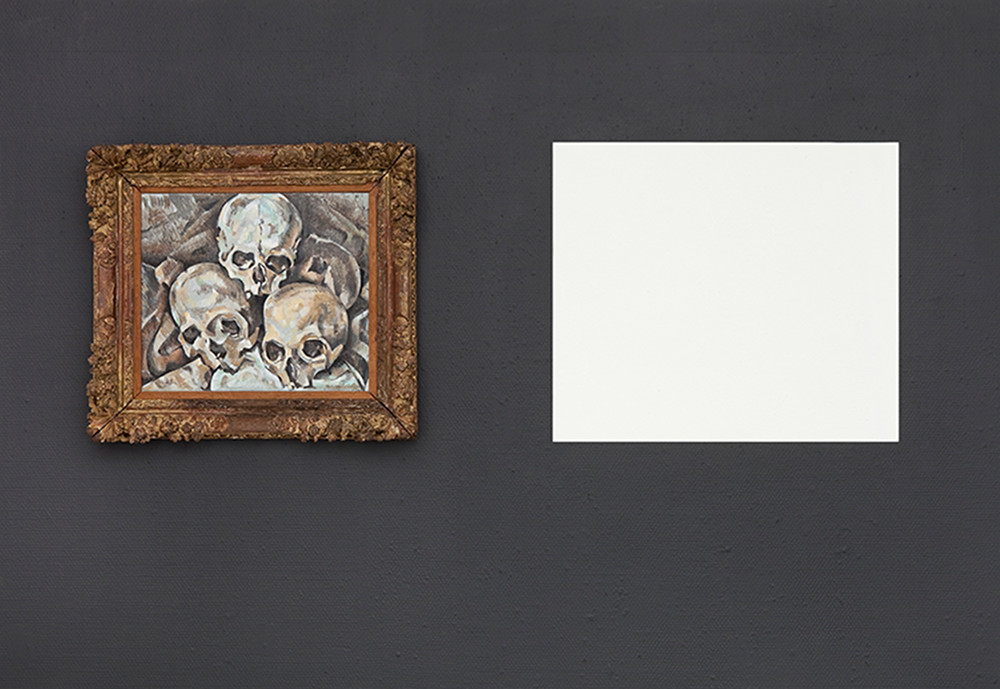
Originals, (Cézanne): Studio 2012
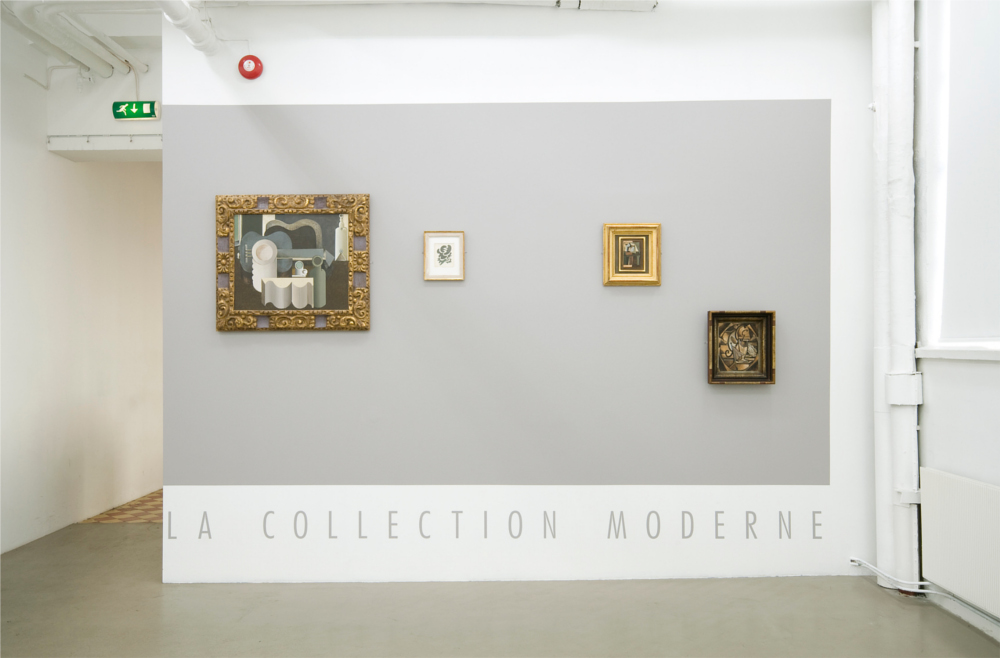
Originals (La Collection Moderne): 0047 Oslo, 2008
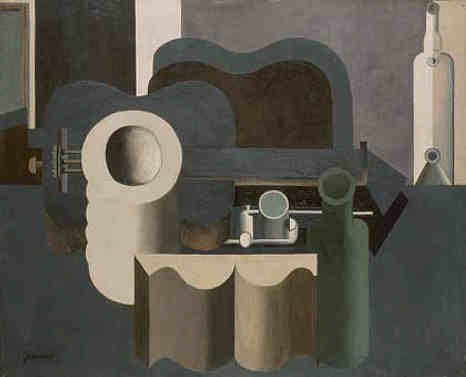
Le Corbusier Nature Morte 1920: Basle Museum of Art
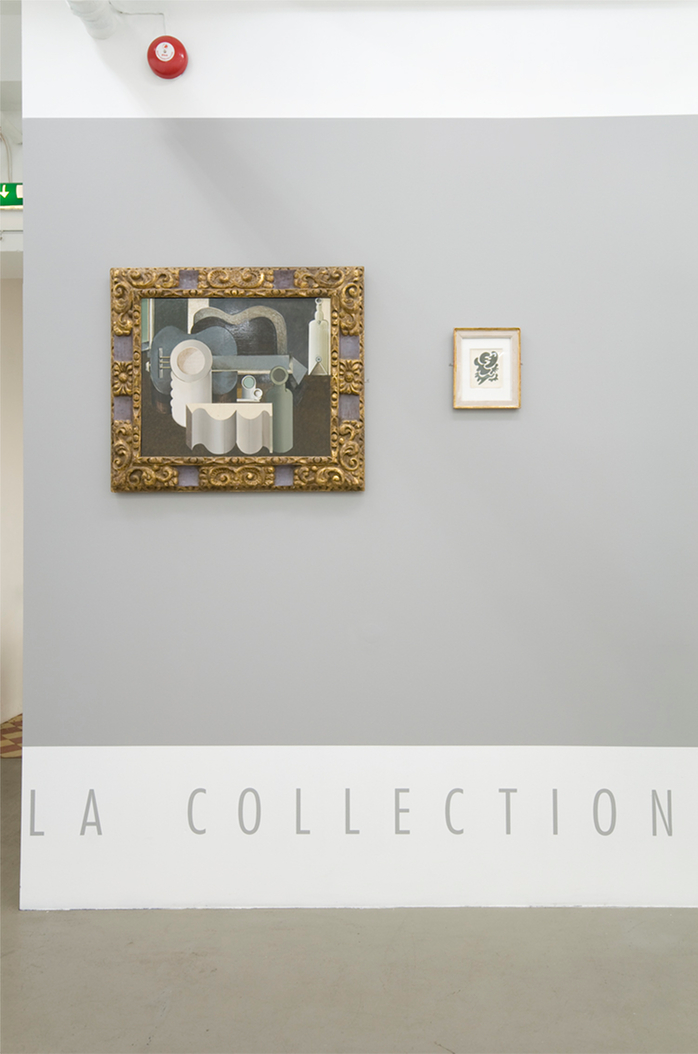
Originals (Le Corbusier/Kandinsky): 0047 Oslo, 2008